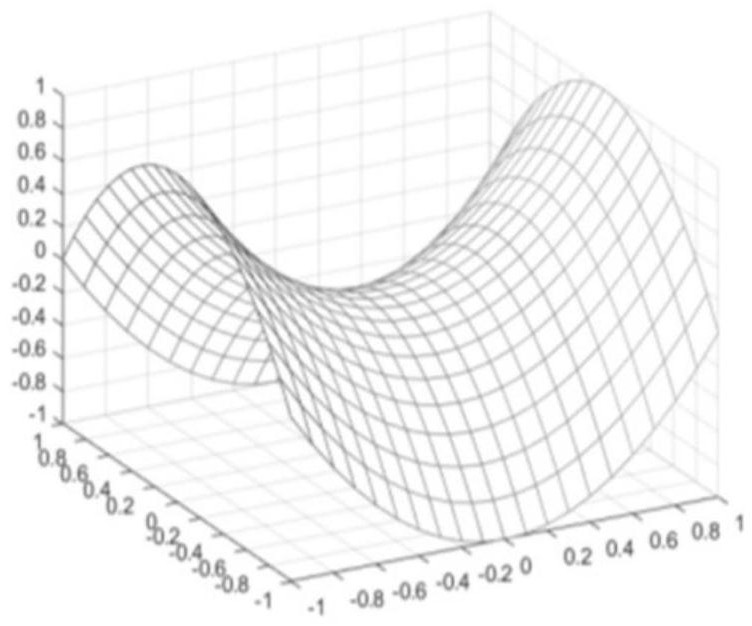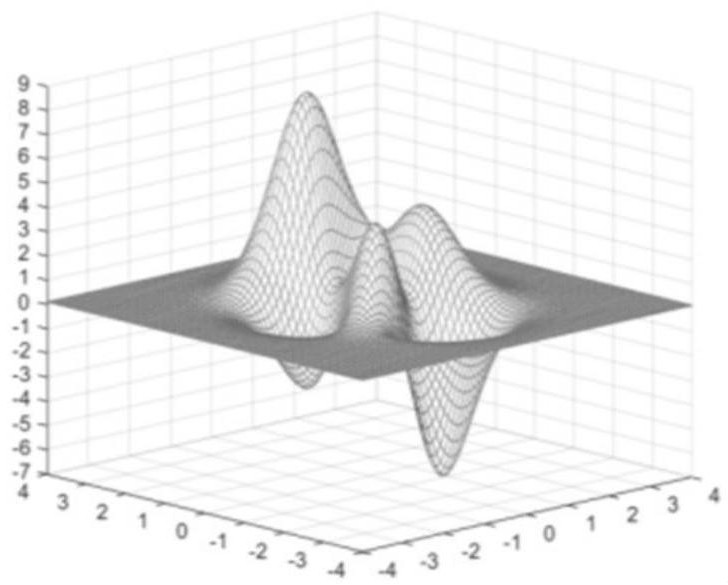Three-dimensional wireless sensor network coverage optimization method
A wireless sensor and network coverage technology, applied in the field of three-dimensional wireless sensor network coverage optimization, to achieve the effects of easy implementation, expanding the exploration range, and avoiding invalid searches
- Summary
- Abstract
- Description
- Claims
- Application Information
AI Technical Summary
Problems solved by technology
Method used
Image
Examples
Embodiment 1
[0093] Example 1: MOSSA-I algorithm, input: T: maximum number of iterations, N: population size, Dim: number of sensors, M: number of targets, ∝: proportion of producers, SD: number of sparrows aware of danger, output : non-dominated solution set IP={I 1 , I 2 , I 3 ,..., I N}.
[0094] MOSSA-I algorithm, which comprises the following steps,
[0095] Step 1. Initialize the population;
[0096] Step 2, use the reverse learning strategy (the following formula) to initialize the population;
[0097]
[0098] In N-dimensional space, let is the individual x i =x i,1 , x i,2 ,...,x i,n The inverse solution of , then da j and db j respectively represent the minimum and maximum values on the jth dimension in the current search space with population;
[0099] Step 3. Update the non-dominated solution set NDS;
[0100] Step 4, start iteration;
[0101] Step 5. Use the following formula to update the location of the producer,
[0102]
[0103] Among them, t rep...
Embodiment 2
[0122] Example 2: MOSSA-II, input: T: maximum number of iterations, N: population size, Dim: number of sensors, M: number of targets, ∝: proportion of producers, SD: number of sparrows aware of danger, output: Non-dominated solution set IP={I 1 , I 2 , I 3 ,..., I N}.
[0123] MOSSA-II algorithm, which includes the following steps,
[0124] Step 1. Initialize the population;
[0125] Step 2. Update the non-dominated solution set NDS;
[0126] Step 3, start iteration;
[0127] Step 4. Use the following formula to update the location of the producer,
[0128]
[0129] Step 5. Use the following formula to update the follower's position,
[0130]
[0131] Step 6. Use the following formula to update the dangerous sparrow position,
[0132]
[0133] The sparrow individual learning rate of change is as follows:
[0134]
[0135] Among them, ε is the minimum constant to prevent the denominator from being 0, is the position information of the i-th sparrow in the...
PUM
 Login to View More
Login to View More Abstract
Description
Claims
Application Information
 Login to View More
Login to View More - R&D
- Intellectual Property
- Life Sciences
- Materials
- Tech Scout
- Unparalleled Data Quality
- Higher Quality Content
- 60% Fewer Hallucinations
Browse by: Latest US Patents, China's latest patents, Technical Efficacy Thesaurus, Application Domain, Technology Topic, Popular Technical Reports.
© 2025 PatSnap. All rights reserved.Legal|Privacy policy|Modern Slavery Act Transparency Statement|Sitemap|About US| Contact US: help@patsnap.com



